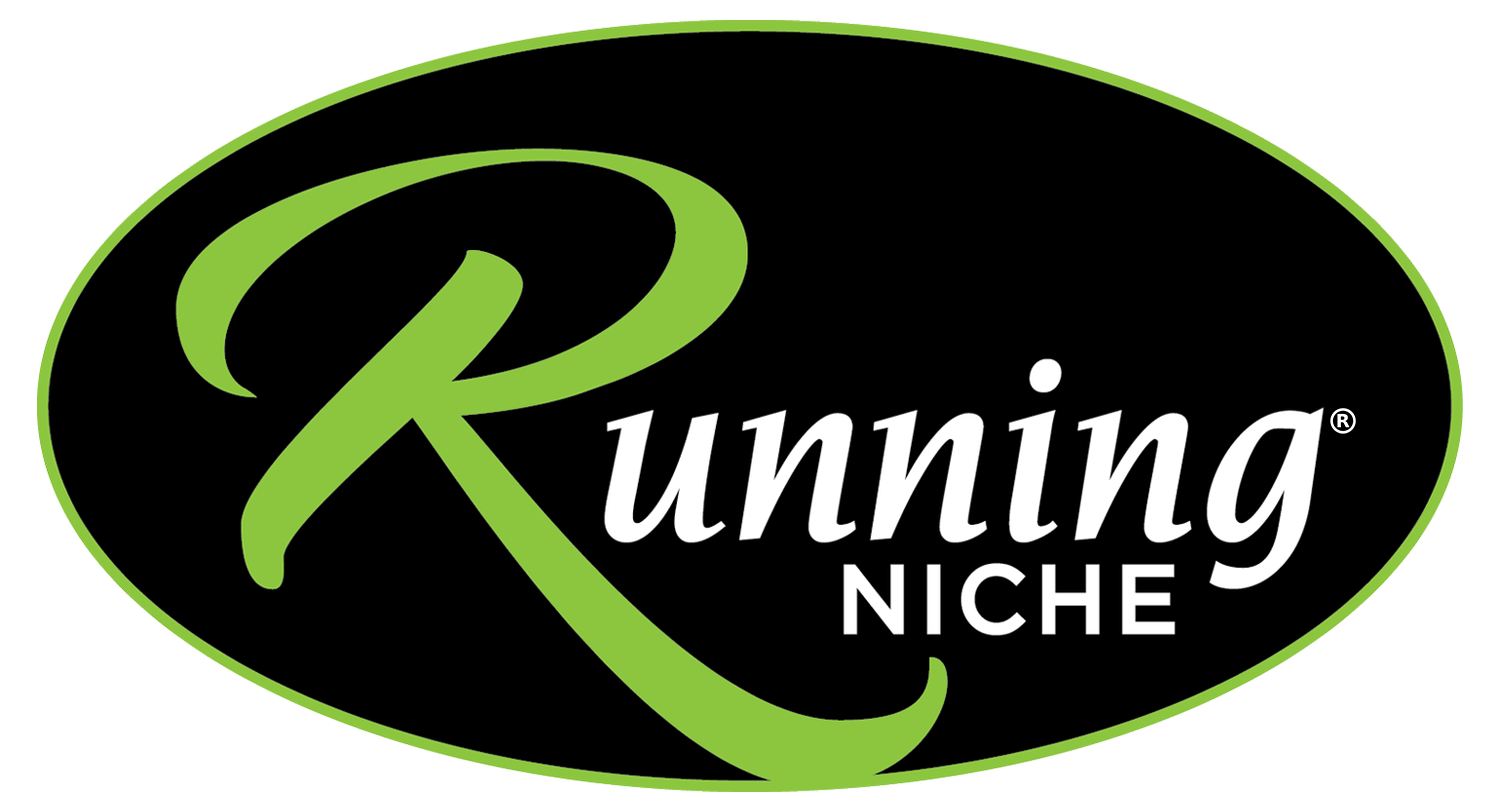When Should I Start Interval Training?
Intervals are an important part of endurance training but must be done in sequence and the body must be well prepared.
Once the runner has built a solid aerobic engine through weeks of base building and built power and strength in their legs via hill strengthening, they are ready to take on anaerobic training commonly done through interval sessions. And don’t mistake these sessions for “speedwork” they are and have an entirely different purpose. Speedwork comes during the last few weeks as one gets close to goal race and is used for sharpening.
Lydiard Training Pyramid
Interval Training Timing: When to Incorporate It Into Your Running Routine
In Lydiard training, aerobic base building takes 8-10 weeks and hill strengthening 4 weeks. Check out the Lydiard training pyramid shown here. Phase 3 in turn is 4 weeks of anaerobic development. If runners attempt this to soon, they have high risk of injury as their body simply is not prepared to handle the increased intensity. Additionally, there is no need to do anaerobic work early on in a training plan and anaerobic training can only be sustained for 4-5 weeks before the body breaks down. So, it has to be thoughtfully timed in order to get the key benefits from the work.
If you are undertaking interval training, you should ask your coach, “what is it doing for me and why now?”
As Lydiard used to say: “If your coach can’t tell you why you are doing your workout, then you should get yourself another coach”.
Lydiard said that intervals are “tiring, exacting work”. These workouts are designed to be uncomfortable at paces well above anaerobic threshold with enough recovery between to get through the workout holding good form. In doing this the body gets exposed to acidosis which you will encounter at the later stages of your race. The end goal is to increase the body’s ability to buffer acids so high rates can be maintained for a long period of time.
Interval training and speedwork are two entirely different things. Keeping in mind that long distance running is mostly aerobic, therefore the ability to sustain pace above anaerobic threshold is important. Speed is much less important and requires short bursts and power building not needed in endurance running.
Generally speaking, an interval workout can be structured by repeats of 400m, 800m, 1200m and 1600m. Usually 5000m to 7000m in total with each interval being the time it takes for heartrate to come down to 130 bpm. On Lydiard the athlete is given a pace chart which indicates effort pace for ¼, ½ and ¾ effort. The first couple sessions are done at ¼ effort with subsequent ones being taken up to ½ or ¾ effort depending on how the runner is responding.
The distances can be varied depending on feel and mixing it up to keep it interesting. Depending on how many days a week the runner’s plan is interval sessions can be one or two per week.
Here at Running Niche, we are trained Lydiard certified coaches. Please stop in the store to learn more about the Lydiard Method.

